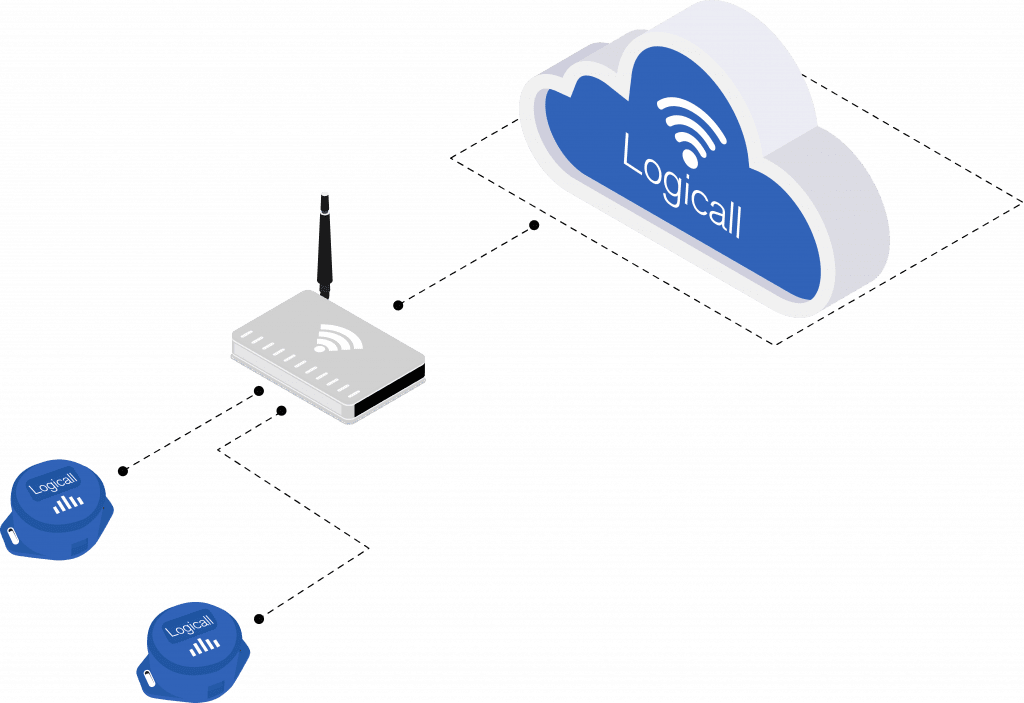Decoding IoT: A Comprehensive Glossary
The Internet of Things (IoT) is transforming our world, connecting devices and systems in ways we never imagined. As this technological frontier expands, so does its lexicon. Whether you’re a seasoned tech enthusiast or just dipping your toes into the IoT waters, understanding its jargon is crucial. Dive into our comprehensive glossary to decode the terms and concepts that define the IoT landscape.
- IoT (Internet of Things): Refers to the interconnection of everyday objects and devices to the internet, allowing them to collect and exchange data.
- Actuator: A device that performs an action (like turning on a light) as a result of data input.
- API (Application Programming Interface): A set of functions and procedures that allow the creation of applications which access the features or data of an operating system or application.
- Cloud Computing: Storing and accessing data and programs over the internet instead of a computer’s hard drive.
- Edge Computing: Data processing that takes place at the device level, rather than sending data to a centralized cloud-based system.
- Gateway: A bridge between the devices and the cloud, which collects, processes, and transmits data.
- LPWAN (Low Power Wide Area Network): Wireless networks designed for long-range communications using very little power.
- LoRaWAN (Long Range Wide Area Network): A protocol for low power, wide area networks (LPWAN) designed to support Internet of Things (IoT) deployments. It enables long-range wireless communication with low power consumption, ideal for devices in remote locations.
- MQTT (Message Queuing Telemetry Transport): A lightweight messaging protocol for small sensors and mobile devices.
- RFID (Radio Frequency Identification): A technology that uses electromagnetic fields to identify and track tags attached to objects.
- Sensor: A device that detects and responds to inputs from the physical environment (like temperature or light).
- Telemetry: The process of recording and transmitting readings from remote or inaccessible points to receiving equipment for monitoring.
- Zigbee: A wireless communication protocol used primarily in short-range, low-power applications.
- Embedded Systems: Computer systems with a dedicated function within a larger mechanical or electrical system.
- Firmware: Permanent software programmed into a read-only memory.
- Smart Device: An electronic gadget that can connect, share, and interact with its users and other smart devices.
- Data Analytics: The science of analysing raw data to make informed decisions.
- Node: Any physical device within the IoT network.
- Protocol: A set of rules governing the data communications.
- Big Data: Large and complex data sets, often from new data sources, that are difficult to process using traditional database and software techniques.
- OTA (Over-the-Air): Refers to wireless transmission, commonly used to update software remotely.
- Smart Grid: An electricity supply network that uses digital communications to detect and react to local changes in consumption.
- Blockchain: A decentralized ledger of all transactions across a network, offering enhanced security for IoT solutions.
- DDoS (Distributed Denial of Service): An attack on a network that floods it with more requests than it can handle.
- End-to-End Encryption: A method of secure communication that prevents third parties from accessing data while it’s transferred from one end system or device to another.
- M2M (Machine to Machine): Technologies that allow both wireless and wired systems to communicate with other devices of the same ability.
As the Internet of Things continues to evolve and become an integral part of our daily lives and business operations, understanding the terminology associated with it becomes increasingly important. This glossary serves as a handy reference for familiarising oneself with the crucial terms and concepts in the ever-expanding world of IoT. Whether you’re an industry professional, a tech enthusiast, or simply curious about the connected world around us, being well-versed in IoT language will enable a deeper appreciation and understanding of the technological advancements shaping our future.

